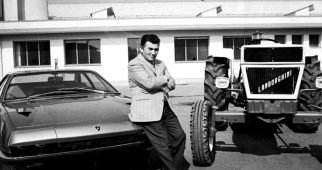Accueil > Documentation (EN) > Lamborghini – Modèles (EN)
LAMBORGHINI
Check Engine is here to help you find your way through the dozens of sporty models that the Italian manufacturer Lamborghini offers or has offered since 1963.
We also invite you to discover a page in the history of Lamborghini and its factory in Sant’Agata Bolognese, Italy.
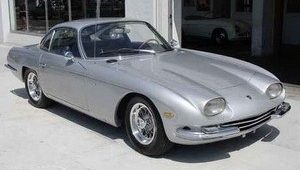
350 GT
1964 / 1966
Vehicle type
Motor type
Gearbox type
Motor
Displacement
Arrangement
Power
0-100
Max speed
CONSUMPTION
LENGTH
TRANSMISSION
WIDTH
RESERVOIR
HEIGHT
BOOT VOLUME
WEIGHT

350 GTS
1965
Vehicle type
Motor type
Gearbox type
Motor
Displacement
Arrangement
Power
0-100
Max speed
CONSUMPTION
LENGTH
TRANSMISSION
WIDTH
RESERVOIR
HEIGHT
BOOT VOLUME
WEIGHT
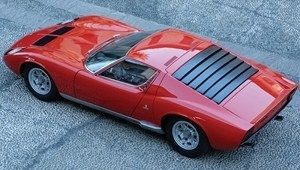
Miura
1966 / 1969
Vehicle type
Motor type
Gearbox type
Motor
Displacement
Arrangement
Power
0-100
Max speed
CONSUMPTION
LENGTH
TRANSMISSION
WIDTH
RESERVOIR
HEIGHT
BOOT VOLUME
WEIGHT
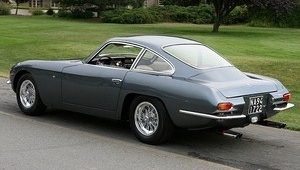
400 GT 2+2
1966 / 1968
Vehicle type
Motor type
Gearbox type
Motor
Displacement
Arrangement
Power
0-100
Max speed
CONSUMPTION
LENGTH
TRANSMISSION
WIDTH
RESERVOIR
HEIGHT
BOOT VOLUME
WEIGHT
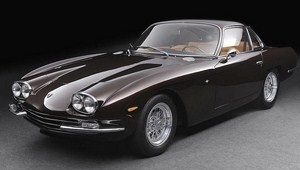
400 GT
1966 / 1967
Vehicle type
Motor type
Gearbox type
Motor
Displacement
Arrangement
Power
0-100
Max speed
CONSUMPTION
LENGTH
TRANSMISSION
WIDTH
RESERVOIR
HEIGHT
BOOT VOLUME
WEIGHT
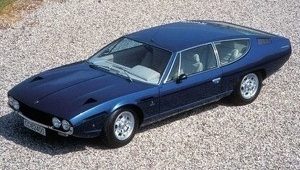
Espada – Serie I
1968 / 1969
Vehicle type
Motor type
Gearbox type
Motor
Displacement
Arrangement
Power
0-100
Max speed
CONSUMPTION
LENGTH
TRANSMISSION
WIDTH
RESERVOIR
HEIGHT
BOOT VOLUME
WEIGHT
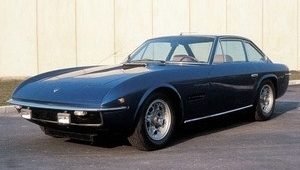
Islero
1968 / 1969
Vehicle type
Motor type
Gearbox type
Motor
Displacement
Arrangement
Power
0-100
Max speed
CONSUMPTION
LENGTH
TRANSMISSION
WIDTH
RESERVOIR
HEIGHT
BOOT VOLUME
WEIGHT
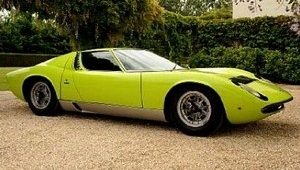
Miura S
1969 / 1972
Vehicle type
Motor type
Gearbox type
Motor
Displacement
Arrangement
Power
0-100
Max speed
CONSUMPTION
LENGTH
TRANSMISSION
WIDTH
RESERVOIR
HEIGHT
BOOT VOLUME
WEIGHT
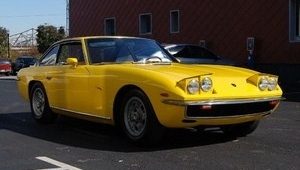
Islero S
1969 / 1970
Vehicle type
Motor type
Gearbox type
Motor
Displacement
Arrangement
Power
0-100
Max speed
CONSUMPTION
LENGTH
TRANSMISSION
WIDTH
RESERVOIR
HEIGHT
BOOT VOLUME
WEIGHT
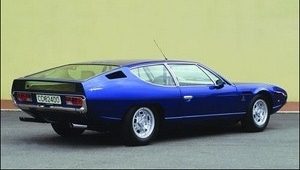
Espada – Serie II
1970 / 1972
Vehicle type
Motor type
Gearbox type
Motor
Displacement
Arrangement
Power
0-100
Max speed
CONSUMPTION
LENGTH
TRANSMISSION
WIDTH
RESERVOIR
HEIGHT
BOOT VOLUME
WEIGHT



